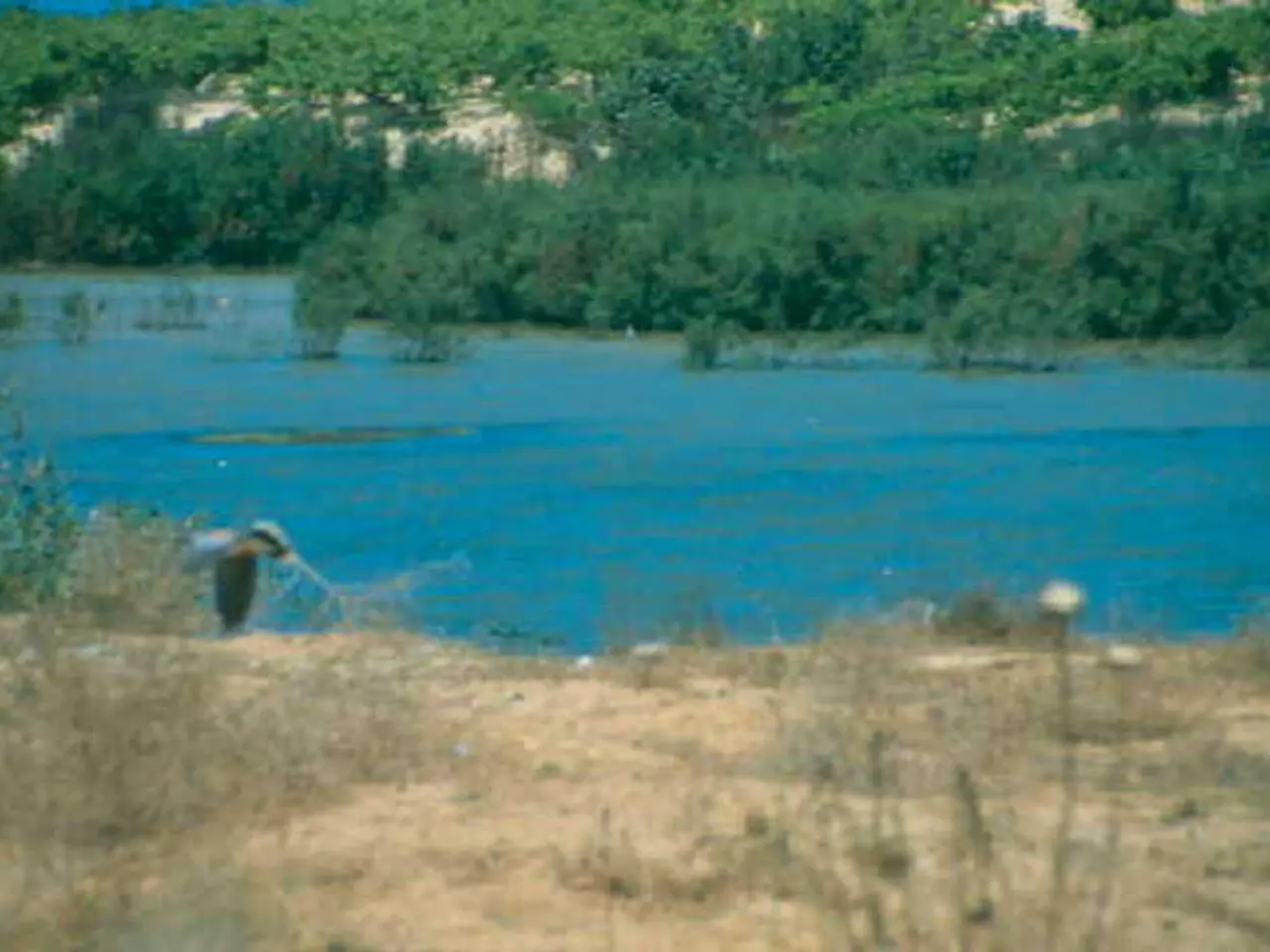Affordable Landscaping Ideas that are Drought-Resistant, Saving both Water and Money
Creating a Drought-Tolerant Landscape: Affordable Ideas for a Water-Wise Garden
In the face of water scarcity and rising utility bills, waterwise gardening has become an increasingly popular choice for homeowners. Here are some cost-effective strategies to create a drought-tolerant landscape that is both sustainable and attractive.
Choosing the Right Plants
The foundation of a successful drought-tolerant garden lies in selecting the right plants. Opt for native and drought-tolerant species that are adapted to your local climate and soil. These plants require minimal water once established and can provide year-round interest with their varied blooming seasons. Examples include lavender, agave, cream bush, dune tansy, and blue-eyed grass.
Using Mulch
Applying organic mulch like wood chips or bark around plants is a simple and inexpensive way to conserve soil moisture, suppress weeds, and improve soil quality over time. Mulch can often be obtained free or in bulk from local services. Inorganic mulches like rock, pebbles, rubber mulches, and lava rock help keep moisture in the soil but do not provide any nutrient benefits.
Removing Turfgrass
Replacing water-intensive lawns with drought-tolerant groundcovers such as creeping thyme, clover, or sedum that spread easily, resist weeds, and reduce maintenance costs by eliminating mowing needs is another effective strategy.
Growing Groundcover
Plant low-water groundcovers in bare or shaded areas to create a green carpet that requires little irrigation and helps control erosion.
Controlling Weeds
Mulch suppresses weed growth, and selecting dense groundcovers helps reduce weed invasion naturally, lowering the need for herbicides and labor.
Going Native
Incorporating native plants, which are naturally drought-tolerant, sustain local pollinators and wildlife, and usually need less upkeep after the initial establishment, is another key aspect of a drought-tolerant landscape.
Planting a Drought-Tolerant Tree
Trees like drought-tolerant oaks or desert-adapted species provide shade and reduce water needs. Preparing the soil well and mulching generously around the base to reduce evaporation is essential when planting.
Design Elements
Design elements like rock gardens, dry riverbeds with pebbles and larger stones, gravel pathways, and terraces improve drainage, reduce soil erosion, and enhance aesthetic appeal while being low water users.
By combining these strategies as part of a xeriscaping approach—planning, improving soil, efficient watering, choosing appropriate plants, using mulch, minimizing turfgrass, and regular maintenance—homeowners can create an attractive, sustainable, and affordable drought-tolerant landscape.
For those looking for plant sources, Fast Growing Trees and Shop offer several drought-tolerant tree species, while Woodies Garden Goods is a source for groundcover plants. Bonnie L. Grant, a professional landscaper with a Certification in Urban Gardening and 15 years of gardening and writing experience, provides valuable insights and guidance on creating and maintaining a drought-tolerant garden.
Diving deeper into environmental science, the lifestyle choice of sustainable living can be extended to home-and-garden practices like gardening. Incorporating climate-change solutions, such as choosing native and drought-tolerant plants, is an integral part of environmental-science-based gardening. By harnessing these methods, one can cultivate a beautiful, water-wise garden that thrives while conserving resources, making it a perfect blend of style and sustainability.




